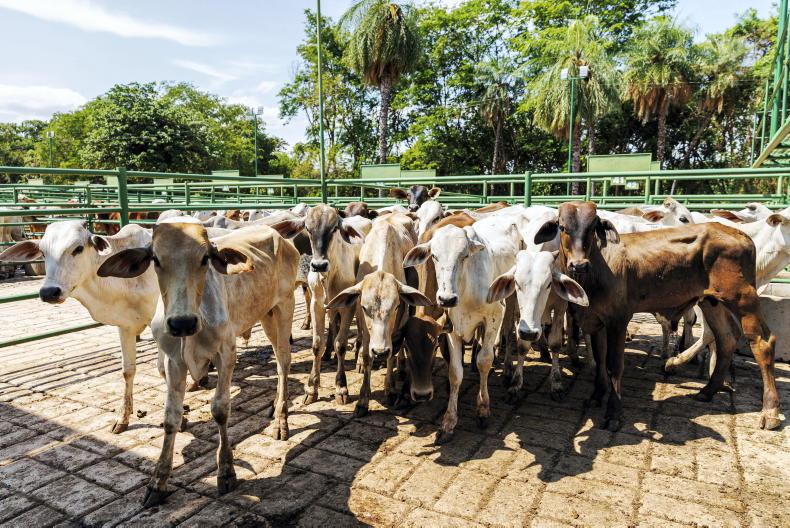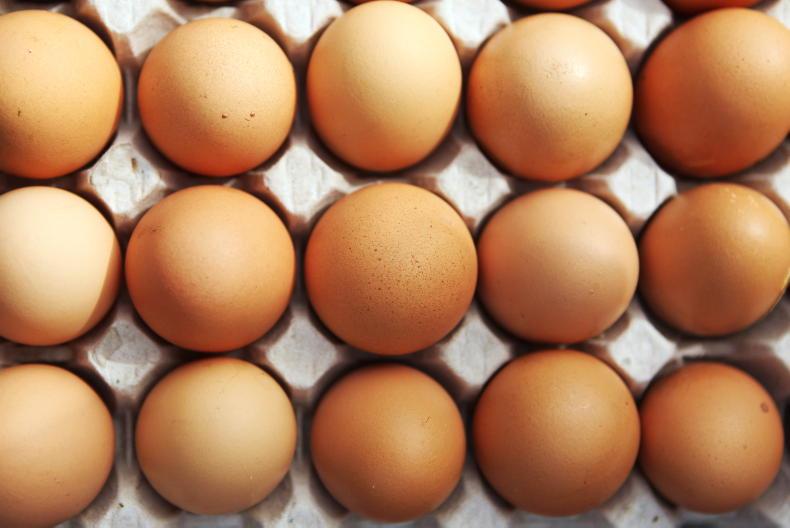Australian dairy farming has had a tough time since deregulation in 2000, but this may be changing.
In 2013, about 6,000 dairy farms carried 1.65 million cows, giving an average herd size of 260 head. In 2000 about 13,000 dairy farms carried 2.17 million cows to give an average of 167 head/herd.
Especially in the state of Victoria, where most of the remaining 1.65 million dairy cows are, supermarkets have been hard on the farmer on milk price. In 2013, the average milk price was A$0.37 litre (26c/l).
Like Ireland, Australia is export market dependent. Forty percent of output is exported, giving it 7% of world dairy trade.
The bright spot on the Australian dairy horizon is China, with a new trade deal set to reduce tariffs.
Last year, Norco co-op in NSW began flying fresh milk into China at a cost of A$1.25/litre. The Chinese supermarkets sell this milk at over A$8/litre (€5.60/l). Others plan to follow Norco into China with fresh product.
Also, Gina Rinehart, reputedly Australia’s richest person, has embarked on major investment in dairy farming and milk processing.
One venture, based near Brisbane in Queensland, envisages half a billion dollar investment in infant milk formula.
She is in negotiations with local dairy farmers to contract supplies for this project. Her promised price is more than 50% higher than has been taken by farmers in Victoria.
Queensland looks to double farm output by 2040
Ireland has its Food Harvest 2020 and the state of Queensland also has its vision of agricultural expansion, launched in June 2013. Theirs is called 2040. Being 25 years out, Queensland’s goal is less urgent than Ireland’s, but its ambition is greater. The state is looking for a doubling of farm output.
Given that Queensland is Australia’s premier beef state, would doubling output have an impact on Ireland?
Unlike Food Harvest 2020 the Queensland 2040 plan does not address individual sectors. Its plan is short on specifics.
The state is also noted for crops such as cotton, sugar cane, soyabeans, sorghum, pineapples, mangos, melons etc.
In theory, it could double cattle output by tightening up its very low stocking density. In reality, the state’s vulnerability to drought will keep a lid on cattle numbers in both Queensland and in Australia overall.
The verdict – QLD 2040 is wishful thinking.










SHARING OPTIONS